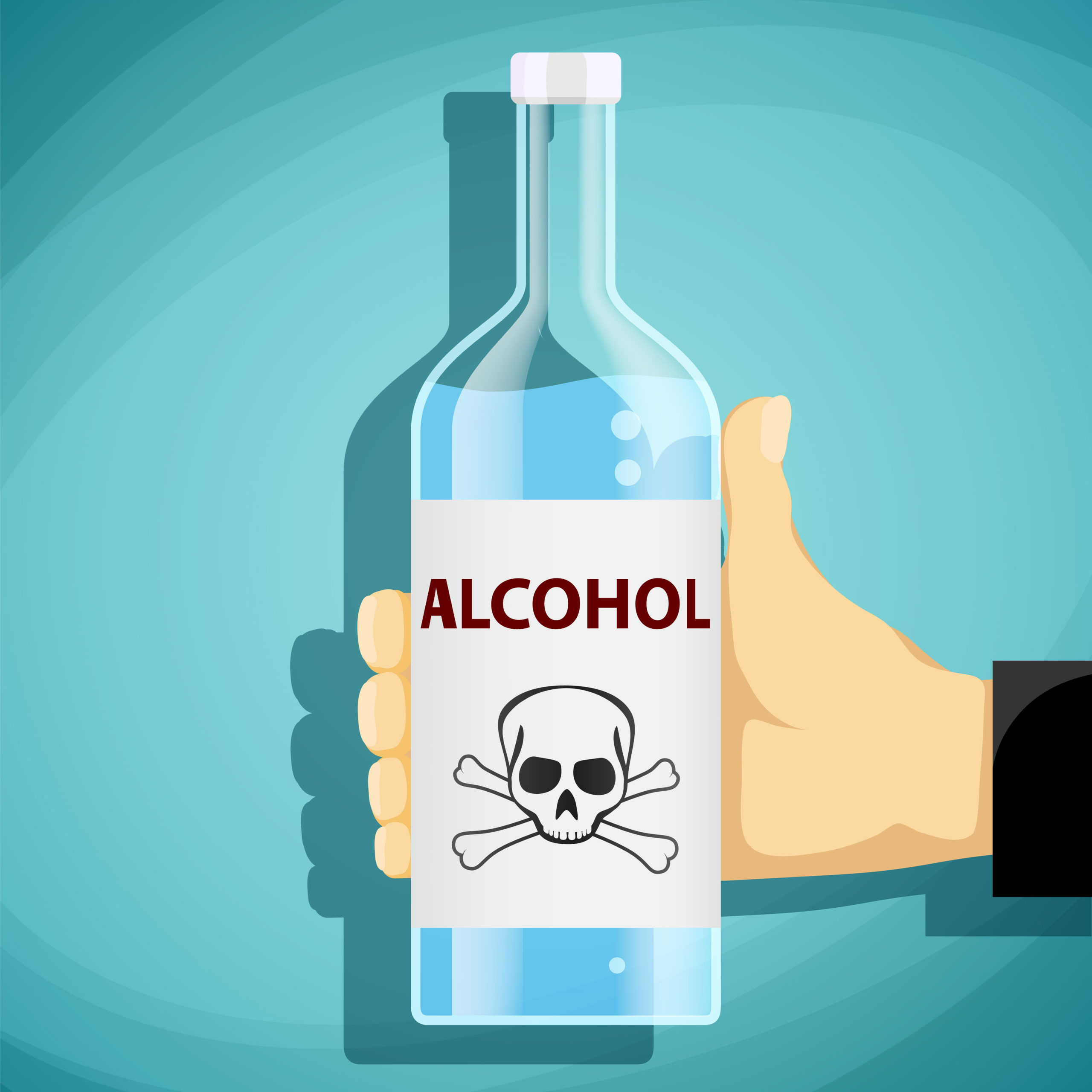What Are the Treatment Modalities Available to Treat Aplastic Anemia?

Aplastic anemia, also known as hypoplastic anemia, is a rare and serious condition when the body stops producing blood cells, causing fatigue. This condition can occur at any age in varying degrees of severity. Its onset can be sudden or begin gradually and worsen over time. While aplastic anemia can be severe with serious life-threatening consequences like bleeding or infections, it is also very treatable.
What is Aplastic Anemia?
Your body has three types of blood cells –
- Red blood cells, which are responsible for the transportation of oxygen to different parts of the body
- White blood cells, which fight off any disease or infections
- Platelets, which are responsible for clotting
These blood cells are made in your bone marrow. In some people, aplasia of bone marrow causes the cells in the marrow responsible for the production of blood cells to fail, resulting in aplastic anemia. The failure usually occurs when the stem cells in the bone marrow are destroyed.
Symptoms of Aplastic Anemia
A person could have a condition like aplastic anemia without showing any symptoms. However, when they do showcase symptoms, they will most likely experience the following:
- Fatigue
- Prolonged bleeding from any cuts
- Bleeding gums or nosebleeds
- Increased frequency of infections
- Dizziness
- Rashes on the skin
- Shortness of breath even after minimal exertion
- Fever and/or headache
- Susceptible to easy bruising
- Pale skin
Complications or Risk factors
Aplastic anemia is a rare condition. Some risk factors for the condition include:
- Chemotherapy
- Exposure to toxic chemicals
- Blood diseases or autoimmune diseases
- Use of certain prescription drugs or gold compounds
- Pregnancy
Treatment
The treatment for aplastic anemia depends entirely upon the severity of the condition and the age of the patient. Your doctor might prescribe one or more of the following treatments:
- Antibiotics: People with aplastic anemia are more prone to infections since they are no longer producing white blood cells that are responsible for fighting off germs. Your doctor might recommend antibiotics to help boost your immune system.
- Blood transfusion: While this is a temporary fix, a blood transfusion will help restore the blood cell numbers. This line of treatment prevents excessive bleeding. However, there is a limit to the number of transfusions a person can have during their lifetime. There can be severe complications with increased transfusions.
- Immunosuppressants: In some cases of aplastic anemia, the condition is caused by an autoimmune disease. This is where the body’s immune system starts to attack the body. Here, immunosuppressants are administered to suppress the body’s natural immune system and prevent it from attacking the patient’s bone marrow. These drugs need to be taken for life, and the patient will have to be cautious about contracting other infections.
- Growth Factors: Some drugs which mimic naturally occurring hormones can be used to signal to your bone marrow that they need to produce blood cells. This treatment is effective in patients who have bone marrow failure diseases.
- Stem Cell transplant: This treatment is the most intensive of all your options. It is generally recommended for aplastic anemia patients who are young. In this treatment, the failed bone marrow is depleted through radiation or chemotherapy. Then matching donor stem cells are injected into the patient. These stem cells transfer to the bone marrow cavities and produce new blood cells. The patient will have to use immunosuppressants in order to prevent rejection of the stem cells.
Precautions
The condition can cause a range of complications depending on its severity. Anyone who has been diagnosed with aplastic anemia must take the following precautions in order to keep their risks to a minimum.
- Rest whenever you feel the need. Since the number of red blood cells in your body are severely reduced, you will experience shortness of breath and fatigue. So, it is vital that you rest whenever your body signals to you that it is tired.
- Avoid situations where you can get hurt like contact sports. You do not want to be in a situation where you will experience bleeding as it can be difficult to control. It is not just cut that you have to be wary of; you should also be aware that you can suffer from internal bleeding.
- Wash your hands regularly and practice safe hygiene practices to stave off any potential infections. The lack of white blood cells makes it difficult to fight off infections. Help your body by avoiding people who have infections or large crowded spaces.
Dietary Regulations
Patients must maintain a healthy diet tailored specifically to their needs by their physician. It is crucial that you receive the right medical advice from reputed hospitals like Apollo Hospitals. A proper diet will help them fight off fatigue and prevent side effects caused by their treatment.
Do’s
- Maintain your ideal weight as prescribed by your doctor.
- Get in a variety of green vegetables, legumes, and whole grains.
- Have a plant-based diet
- Drink at least eight glasses of water daily
- Eat five portions of fruits and vegetables
Don’ts
- Avoid caffeine as it is a diuretic
- Limit the consumption of fast food
- Limit starchy foods with high salt levels
- Avoid sugary and alcoholic drinks
FAQs
- What is the most common cause of aplastic anemia?The most common cause for the condition is an autoimmune condition where your immune system attacks your bone marrow. Other causes include exposure to toxic chemicals, chemotherapy, viral infection, pregnancy.
- What is the best treatment for aplastic anemia?The treatment for the condition depends on your age and its severity. Your doctor will be in the best position to prescribe the right treatment for your health after running the appropriate tests.
- How long can you live with aplastic anemia?There have been tremendous improvements in the treatment for aplastic anemia in the last 25 years. About 75% of all patients can expect to live a long life with the right treatment.
- Is aplastic anemia a terminal illness?Aplastic anemia can be fatal if it is severe or if the patient has lived with the condition for a long time. The prognosis is best for those patients who receive a bone marrow transplant from their siblings.
- Is aplastic anemia painful?Patients might find the fatigue associated with the condition tiring and painful. Along with this, the side effects of the treatments can also be severe. Any infections contracted due to the lack of white blood cells can also cause pain or discomfort.
© Copyright 2024. Apollo Hospitals Group. All Rights Reserved.
 +91 8069991061
Book Health Check-up
Book Health Check-up
Book Appointment
Book Appointment
+91 8069991061
Book Health Check-up
Book Health Check-up
Book Appointment
Book Appointment







